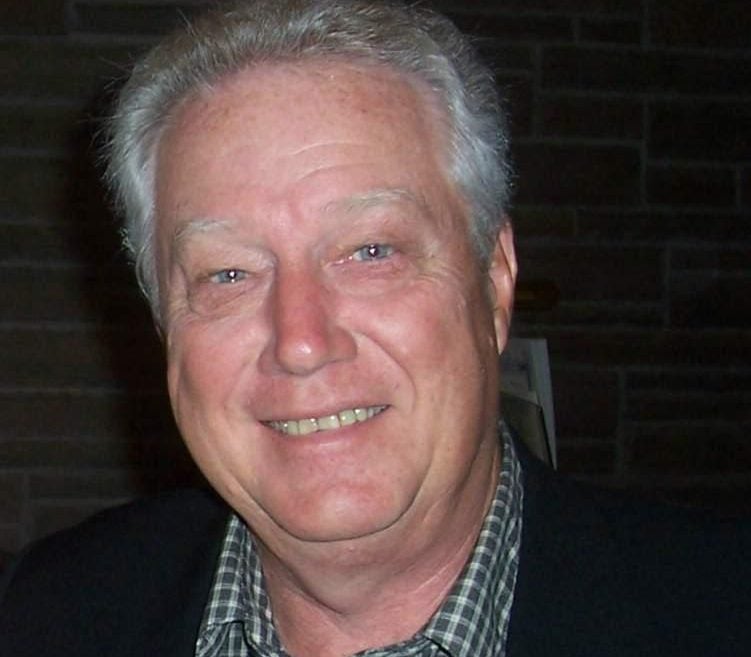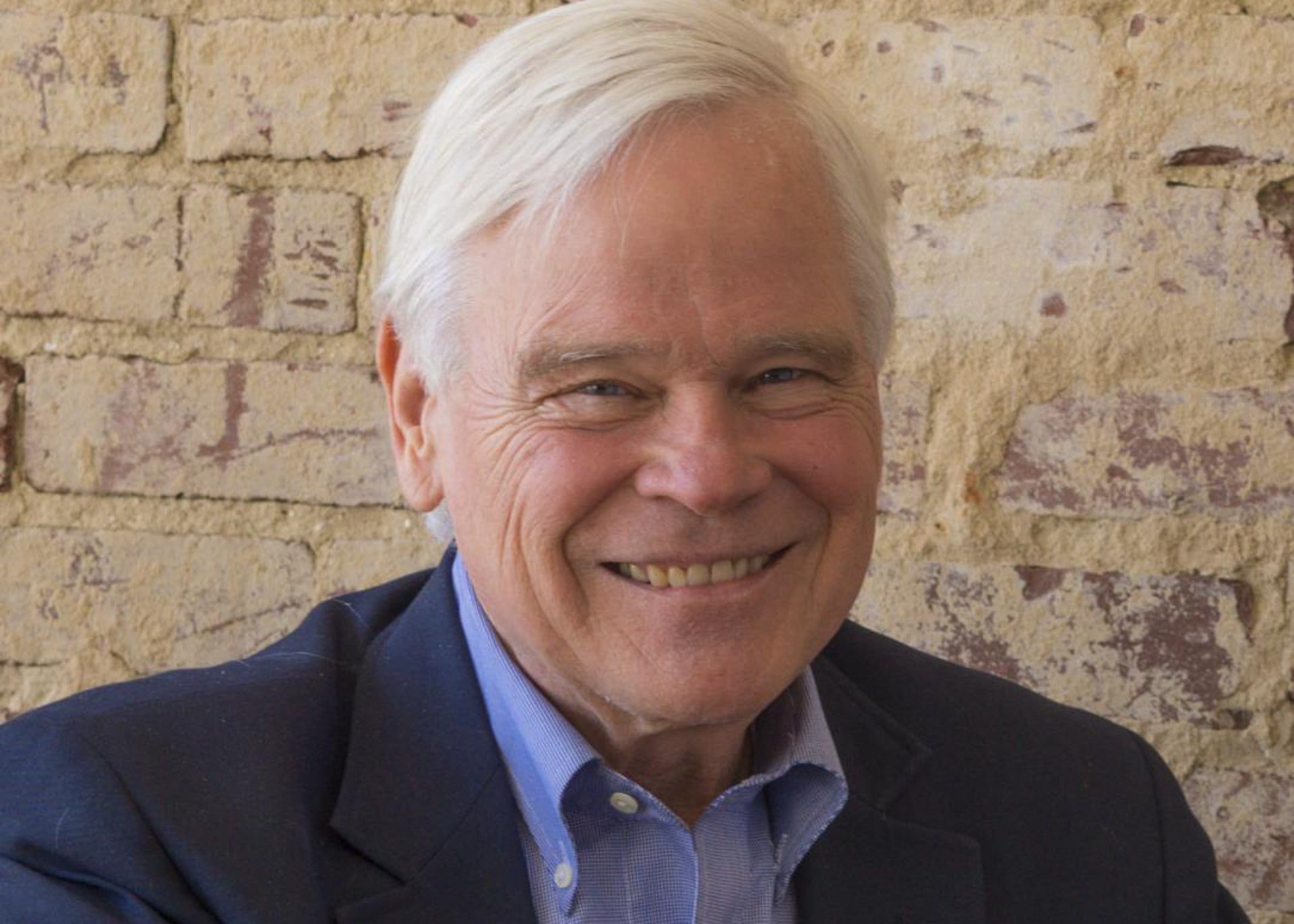The Nature Corner: Three ways of experiencing a thunderstorm, Part Two
Published 12:52 pm Wednesday, October 20, 2021
|
Getting your Trinity Audio player ready...
|
By Ernie Marshall
One of our most famous images of Benjamin Franklin is of him flying a kite in a thunderstorm, probably derived from Benjamin West’s 1816 painting of the event. Franklin had been conducting various experiments with electricity beginning about 1746, and on June 10, 1752 he – assisted by his son William – demonstrated something very important to shaping the world as we know it, that lightening is electricity. Either lightening or ambient electricity from the storm traveled down the wet kite string to his house key tied to it and a Leyden Jar, a device for “capturing” electricity.
Benjamin Franklin (1706-1790) was truly a polymath (Greek for “much+learning”) besides being one of the leaders of the Revolutionary War and Founding Fathers of our Republic, a successful writer, printer, publisher, inventor, scientist, diplomat and philosopher. He established the U.S. Postal Service, the University of Pennsylvania (along with William Penn) and other organizations and institutions. Some of the saying you carry around in your head, sounding like the Bible or Shakespeare, may be from his popular Poor Richard’s Almanac. One of my Mom’s favorites was “God helps those who help themselves.”
Franklin’s part in the American Revolution and creation of the U.S. Constitution is deserving of an entire column on its own, so I hope a few high points will suffice. He is the sole founding father to have signed all four of the key documents establishing our Republic: The Declaration of Independence (1776), Treaty of Alliance with France (1778), the Treaty of Paris (1783) and the U.S. Constitution (1787).
Franklin was apparently a charming fellow and a natural as an ambassador for our fledgling nation. As ambassador to England, he persuaded Parliament to rescind the detestable Stamp Act and as ambassador to France he persuaded that country to ally with us against England. France’s support was crucial. At the culminating battle of Yorktown, the French navy blockaded the harbor to prevent General Cornwallis’s retreat and forced the surrender of his army. (At this time, we basically had no navy. Also French troops were there fighting alongside ours.) Also, Franklin became an early leader in the abolitionist movement, petitioning Congress to abolish slavery and the slave trade.
But let us return to the Franklin we left standing in the midst of a thunderstorm. Other scientists have taken his lead. Some of their names are commemorated in the names for how we measure electricity, volts, amperes and ohms. Physicists and meteorologists are still piecing it together.
Earth’s ever-renewing water cycle includes precipitation from clouds after their formation by evaporation of water from Earth’s surface. Thunderclouds develop from supersaturation of the humid air. That is where the real fun begins. Turbulence develops within the clouds, so water droplets, ice crystals and air molecules collide and many become electrically charged. The strong air currents carry the positively charges particles to the top of the cloud and those negatively charged to the bottom of the cloud. Nature tends to restore equilibrium, in this case often with a bolt of lightning within the cloud. This can also occur between clouds or between clouds and Earth or the ground, which is the case that concerns us most.
So the system is in effect one colossal battery, clouds and Earth being its negative and positive electrodes. The big difference is that Earth and sky are behaving like a battery with a million times more voltage than a couple of D size batteries in a flashlight.
Since, Franklin’s experiment electricity has come to dominate our lives. My wife Carolyn, growing up in rural Pitt County, recalls life in times before “electrification.” My late wife Karen and I when living in Hyde County, before Tideland Electric upgraded equipment, had frequent electrical outages. We used electric heat, so depended on a fireplace and maybe a sweater. We kept plenty of fresh water under the sink and were able to flush commodes by taking a bucket down to the canal. A kerosene lamp and candles provided nighttime light. So we really turned back the clock for a while.
Let’s end this column with a cautionary note about technological advances, and our growing dependence upon them. Mary Shelley wrote the novel Frankenstein in 1818. She was vacationing in Switzerland with her husband Percy Shelley and friend Lord Byron. They came up with the idea of each writing a horror story. Although she was much lesser known than the other two, her novel became famous and has had a lasting influence, everything from movies to kids’ Halloween costumes.
I saw the original Frankenstein movie when I was a child and it scared the wits out of me. The dramatic scene where the “monster” is brought to life from parts put together by the “mad scientist” Henry Frankenstein is set in a way reminiscent of Franklin and his kite experiment. Dr. Frankenstein opens the shutters to expose the corpse to a violent thunderstorm raging outside. A lightning bolt strikes the corpse dead-on (no pun intended) and it is brought back to life. Dr. Frankenstein had been attempting this with electrical experiments but could not create enough voltage — until Thor lent a hand?
From here things go from bad to worse. Several people die at the hands of “the monster” and then, at last and alas, the monster is consumed in a fire.
We mostly take this for a classic horror story. It is of course, but Mary Shelly wrote it as an allegory on what goes wrong when science and technology go wrong. All this seems insightful if not prophetic.
Does Thor get the last laugh?
Next time we’ll hear from the Dalai Lama’s standpoint.
TO BE CONTINUED
Ernie Marshall taught at East Carolina College for thirty-two years and had a home in Hyde County near Swan Quarter. He has done extensive volunteer work at the Mattamuskeet, Pocosin Lakes and Swan Quarter refuges and was chief script writer for wildlife documentaries by STRS Productions on the coastal U.S. National Wildlife Refuges, mostly located on the Outer Banks. Questions or comments? Contact the author at marshalle1922@gmail.com.
FOR MORE COLUMNS AND LETTERS TO THE EDITOR, CHECK OUT OUR OPINION SECTION HERE.




